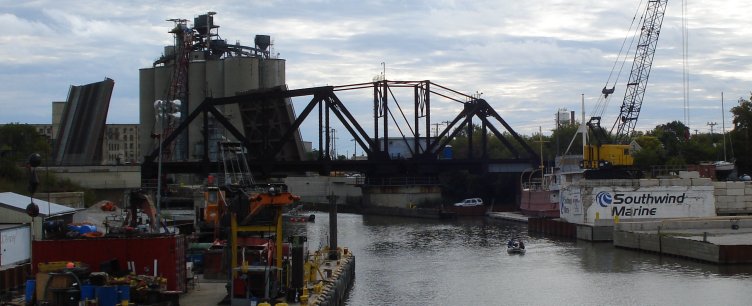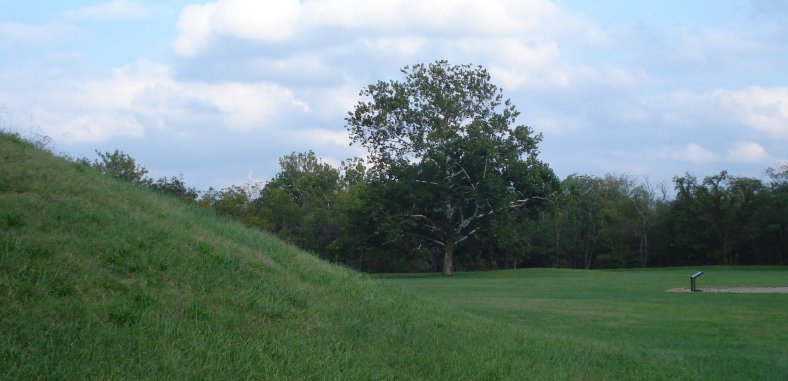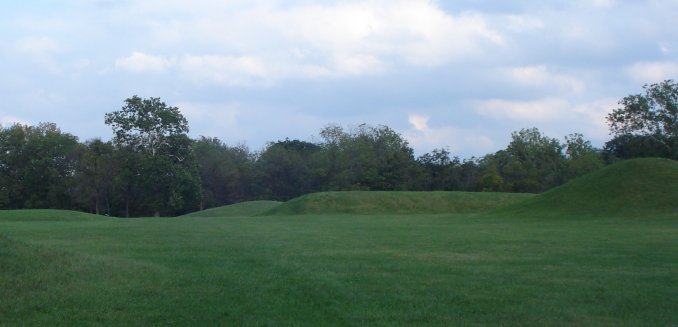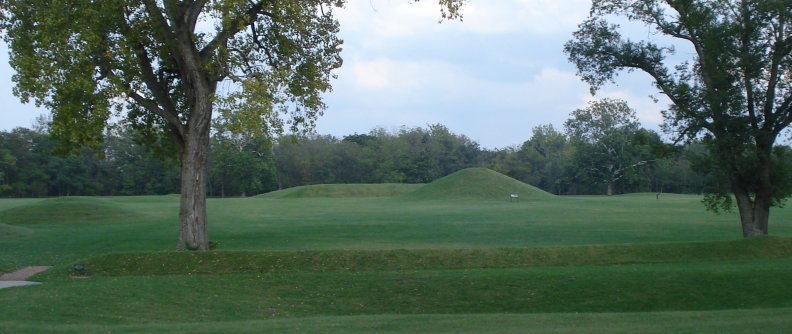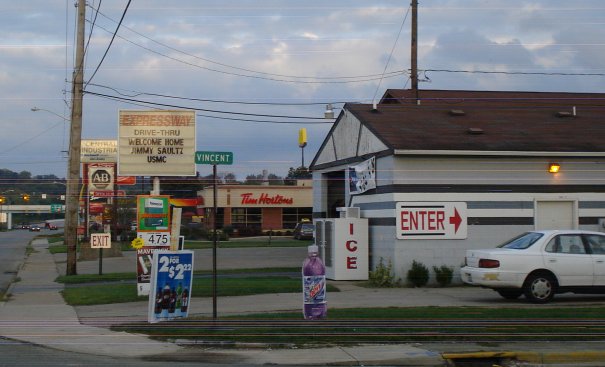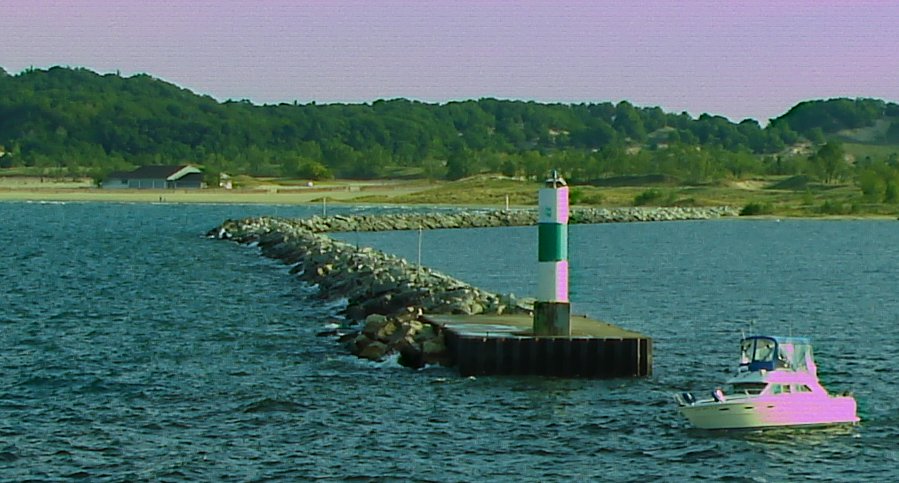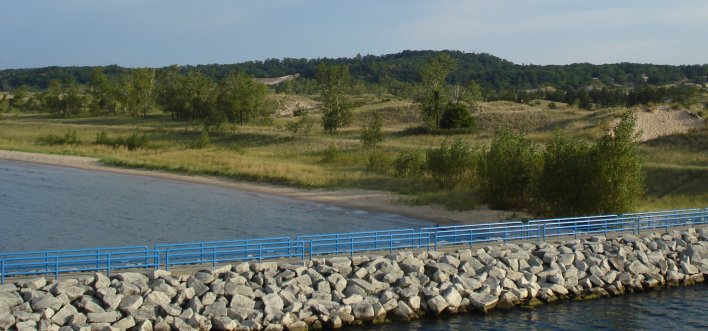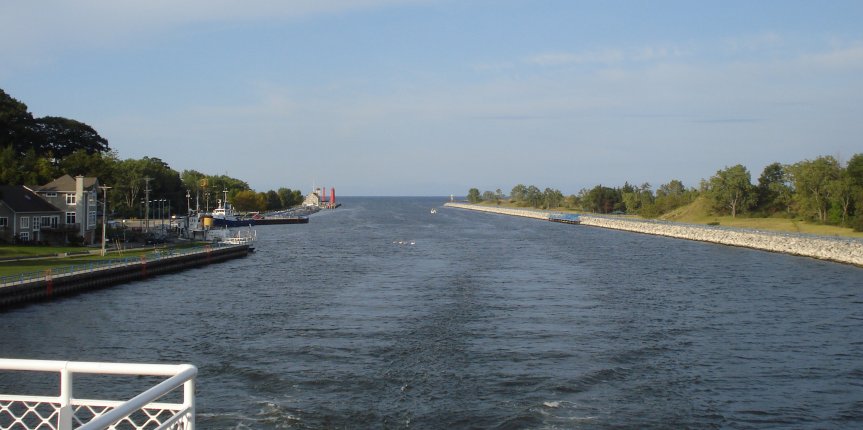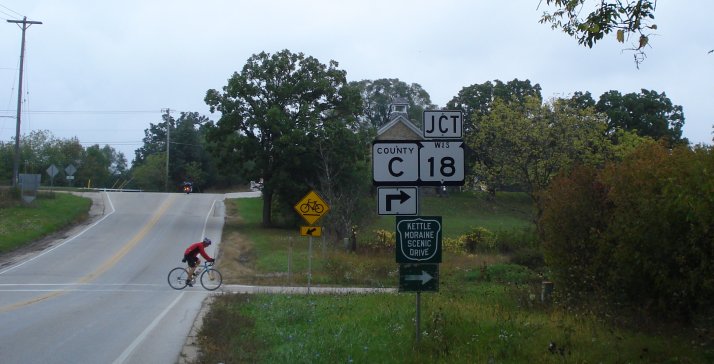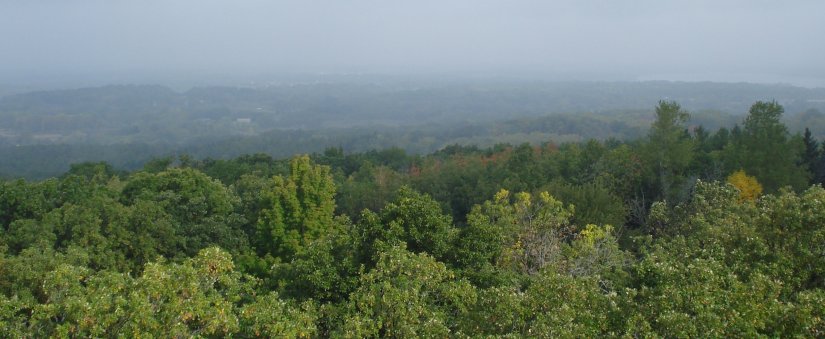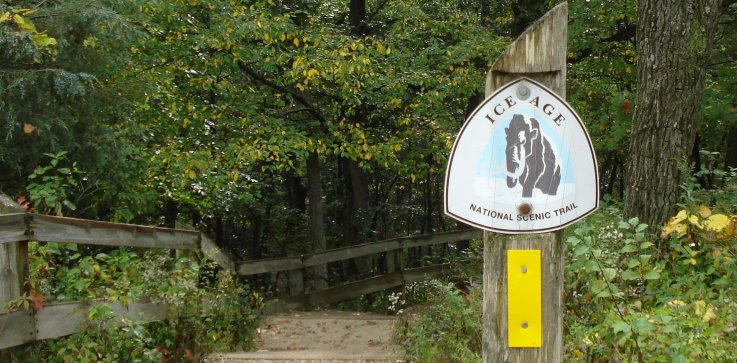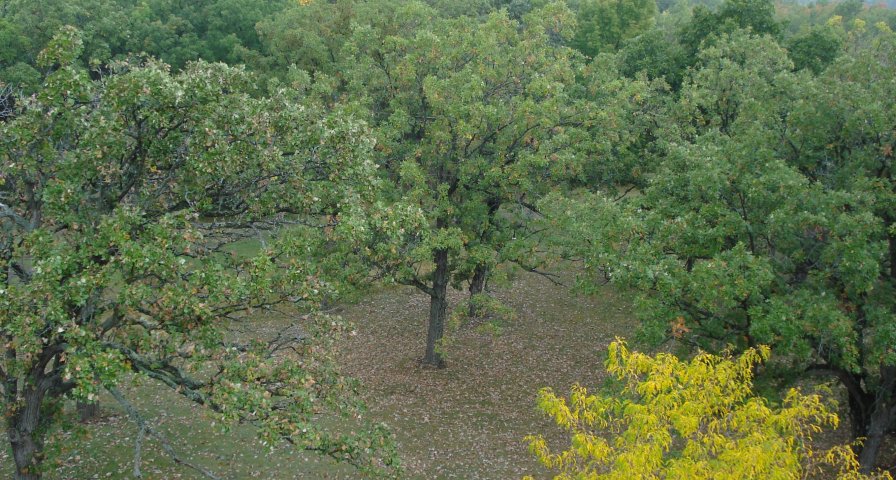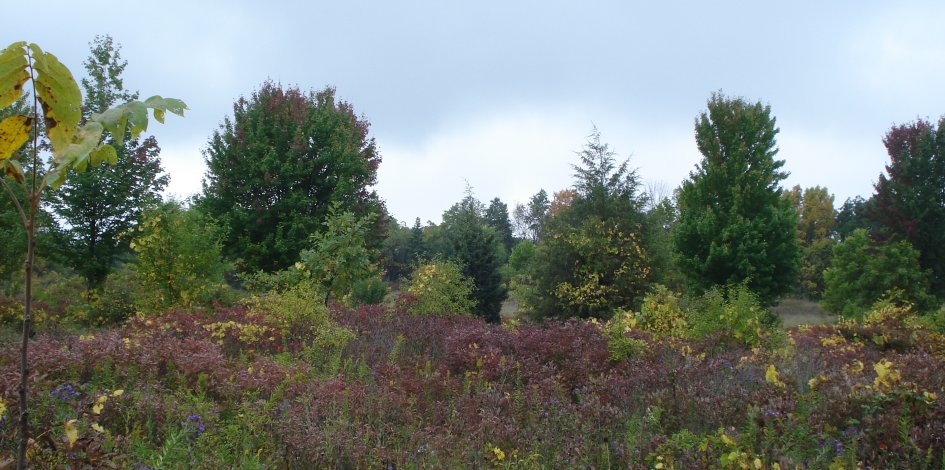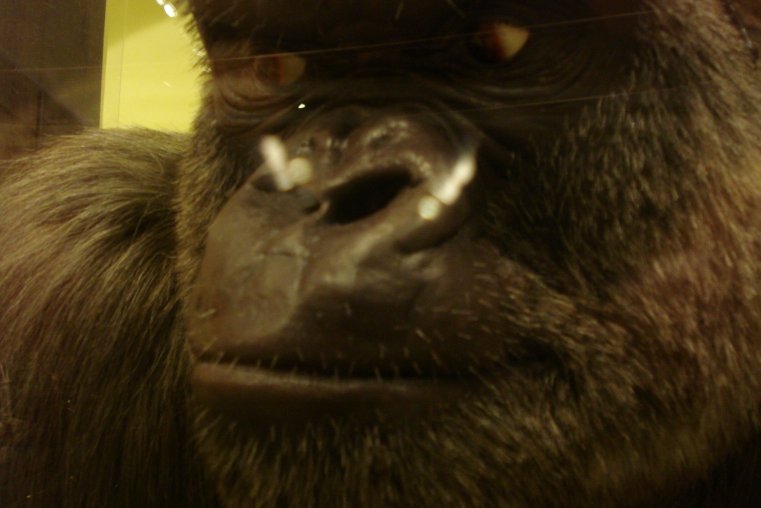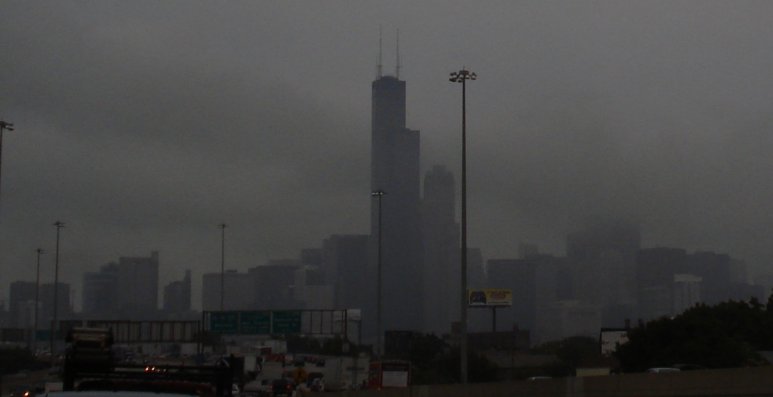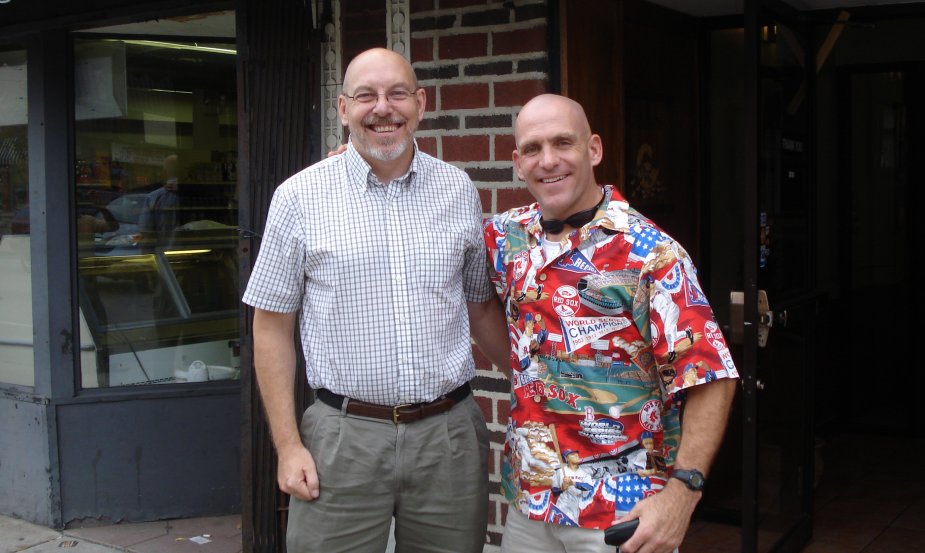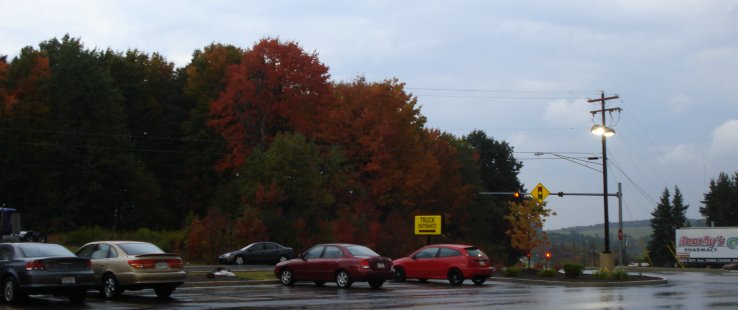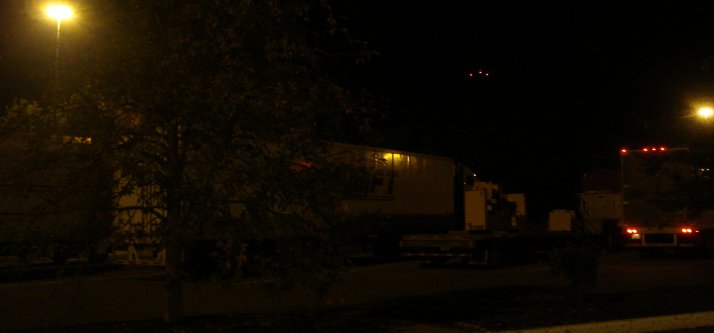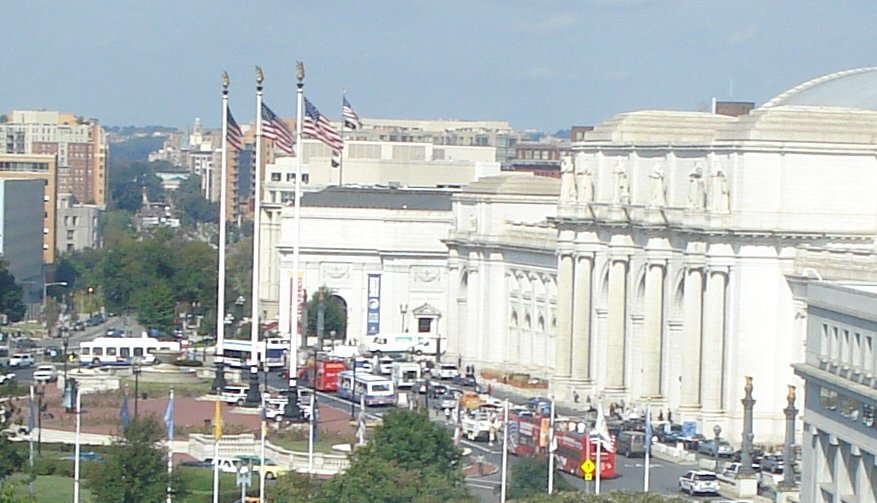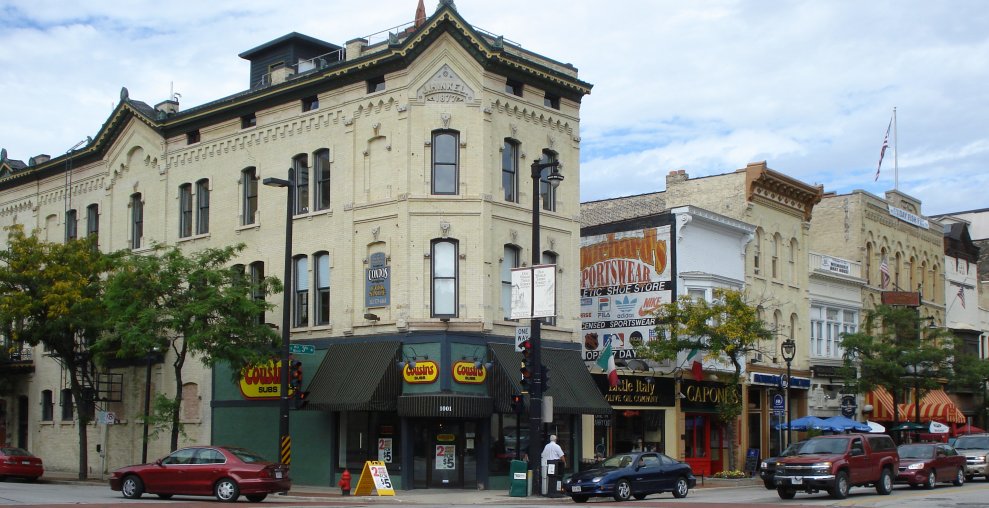
Chrissy & I went up to North 3rd Street. This was the German part of the city and it still has some German restaurants and Usinger is still there making the world’s best liverwurst and second best (after Clements) bratwurst. Despite that, we had lunch as Cousins Subs, which is another of my Milwaukee favorites.

Cousins is in an old building that used to be a glove and hat shop. They even had fireproof gloves. I think they were made with asbestos fiber, in the days when asbestos was not known to be so dangerous. Their slogan was something like “Gloves to burn, and some that don’t.”
You can see the City Hall building on left
The area just north of the river is nice and clean. I remember when the the industrial sewage stench coming off the river mixed with the yeast stink from the breweries, the pungent fragrance of the tanneries and the sweeter aroma from Ambrosia Chocolate Factory. The Cream City Brick used to be black from the coal smoke. I actually thought the bricks were naturally black, but most of Milwaukee is built with tan colored bricks, as has now been revealed. Everything is different now. The area no longer stinks and it is clean & fresh because all the industry is gone. The knowledge of what was and is now is no more drains some of the celebration. The new and improved surroundings are sterile in a couple senses of the word.
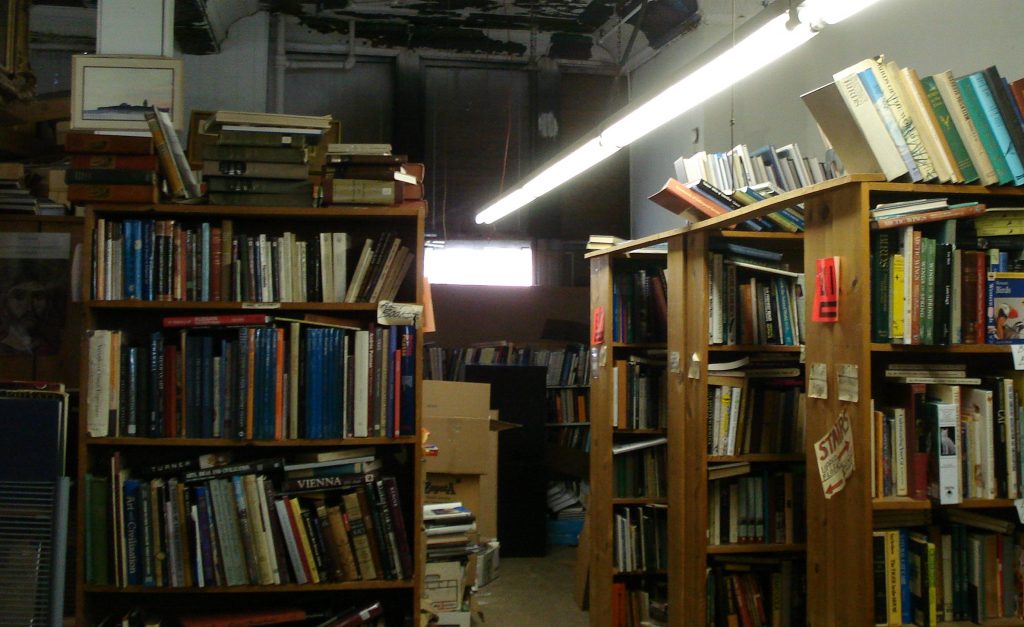
I was surprised that the Renaissance Book Shop was still in business. It is a three story warehouse full of used books. This is the kind of shop I used to love, but now the Internet has largely supplanted such places. Going into it today is like a magical mystery tour, but not something I really want to do often anymore. It is fascinating to look at the piles of knowledge. I was looking for a specific book, “The Epic of Man,” a book I had as a kid. It takes mankind from the Stone Age through the early civilizations. And I found it in a pile of books on the third floor. It is not a great book, but I liked the pictures and wanted to get it out of a sense of nostalgia. As l looked through the book that I have not seen for at least thirty years, I realized how many of my historical impressions were triggered by the pictures. It really is true that first impressions are important.
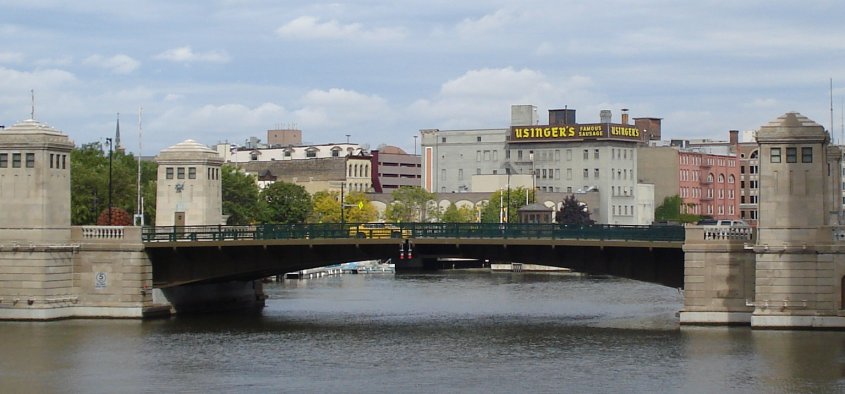
On the way back we stopped to look at the old man’s childhood home. It used to be the third house from the corner and it used to be in the middle of a neighborhood of similar houses. (It is on 4th St, but my father’s dog-tags say “Port” St. The old man evidently didn’t speak with a clear and crisp accent.) Since his time, they widened the road at the side, knocking down two houses, and built the freeway across the street, so it is really different. St Stanislaw, where my father went to school and his family went to church, is not just across the freeway in easy view. The neighborhood is now dominated by a view of St Stan’s and the Allen Bradley clock.
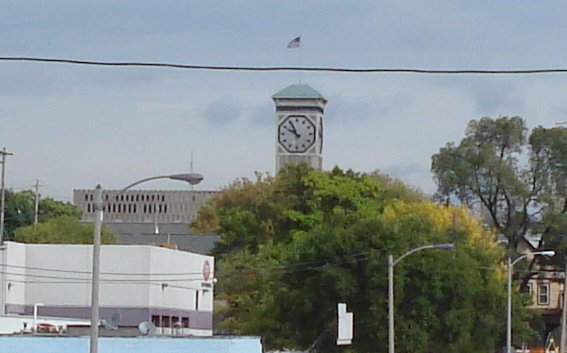
There used to be a natatorium nearby, but they are gone, no longer needed. In the old days, many of the houses didn’t have showers or baths. Natatoriums were public bathhouses, with showers and a pool. Men and women had them on alternate days, but men always got Saturdays and they were closed on Sundays. They were still around when I was a kid. We used to go swimming at the natatorium on 10th and Hayes. Old guys would still come in just to use the showers. Now it is closed down and the building is torn down. All the houses in Milwaukee now have bathtubs and showers.
Things have changed.

On the left is St Stanislaw Church.
Another relic of old Milwaukee is the iron water spring on Pryor Ave. Some people think it is healthier and old people come to fill gallon jugs with the water. The funny thing is that it is always old people doing it. It was old people doing it when I was a kid and it is old people doing it now. Presumably, the old people of yore have shuffled off this mortal coil and they must have been replaced by others. Is there some minimum age when you start to like this kind of thing? Or maybe the water really does work and the old folks who drink it just live forever. The water tastes like rust and it is always icy cold. I always take a drink when I go by, but I don’t think I would want to slook too much of it. Below is the water.
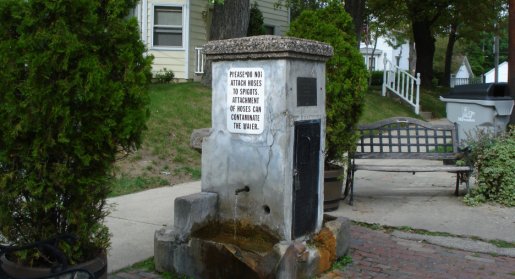
Below is Kinnikinnick River looking from 2nd St. In the distance is Medusa Cement where my father worked for thirty-six years and where I worked for four summers.
